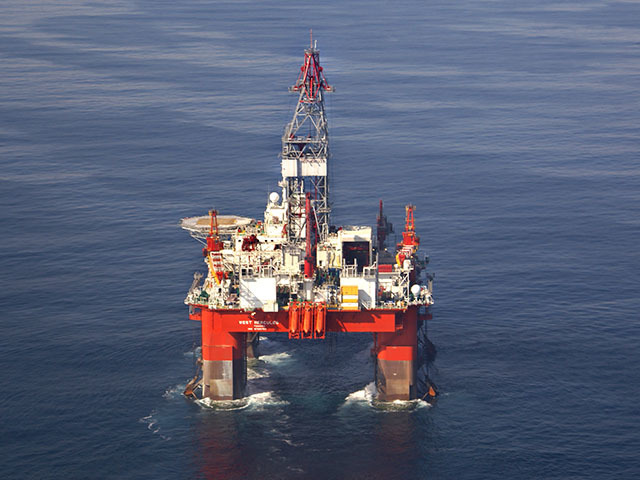
Brent held losses after a third weekly decline as investors weighed the prospect of increased Iranian crude supplies against a drop in U.S. drilling rigs.
Futures were little changed in London after falling 2.8 percent last week. The number of active machines targeting oil in the U.S. shrank by 7 to 638, Baker Hughes Inc. said on its website Friday. Speculators cut bullish bets on West Texas Intermediate crude to the lowest level since March as Iran’s nuclear deal threatens to prolong a global supply glut.
Brent’s recovery from a six-year low in January has faltered as leading members of the Organization of Petroleum Exporting Countries pump at record levels to defend market share. Iran may restore production halted by sanctions faster than anyone anticipates if the history of previous shutdowns is any guide, according to data compiled by Bloomberg.
“There is more production than the market needs with the risk of it potentially being increased with Iran,” Ric Spooner, a chief analyst at CMC Markets in Sydney, said by phone. “Oil has paused but is still drifting lower.”
Brent for September settlement was at $57.01 a barrel on the London-based ICE Futures Europe exchange, down 9 cents, at 12:16 p.m. Singapore time. The European benchmark crude traded at a premium of $5.90 to WTI for September.
Oil Supplies
WTI for August delivery, which expires Tuesday, slid 16 cents to $50.73 a barrel in electronic trading on the New York Mercantile Exchange. The more-active September contract was down 13 cents at $51.08. Total volume was about 20 percent below the 100-day average. Prices are down 4.8 percent this year.
The drill rig count in the U.S., which has declined about 60 percent since December, dropped for the first time in three weeks through July 17, according to Baker Hughes. The nation’s crude inventories remain almost 100 million barrels above the five-year average for this time of the year, according to data from the Energy Information Administration.
Money managers reduced their net-long position in WTI crude by 15 percent in the week ended July 14, U.S. Commodity Futures Trading Commission data show. Longs dropped 7.9 percent and short wagers rose 4.2 percent.
Iran, OPEC’s fourth-biggest member, won’t achieve an export boost of more than 500,000 barrels a day, or about 50 percent, until next year, according to banks including Goldman Sachs Group Inc. In the past, assessments for supply disruptions at OPEC members Libya and Venezuela were confounded by quicker- than-expected recoveries, according to data compiled by Bloomberg.
